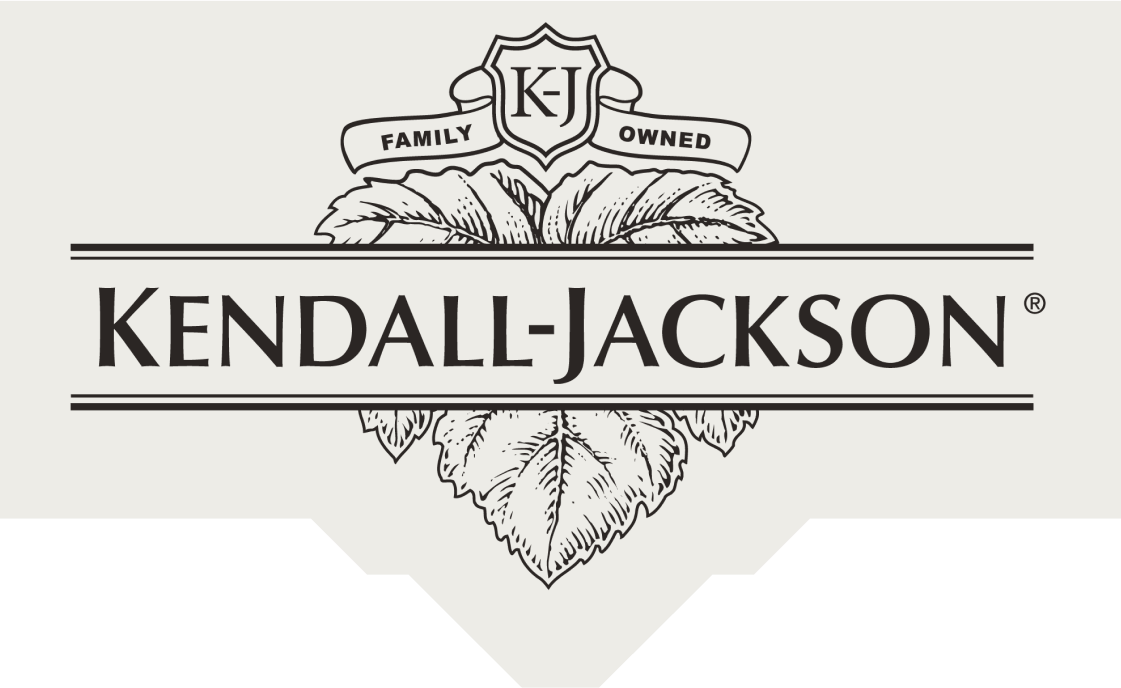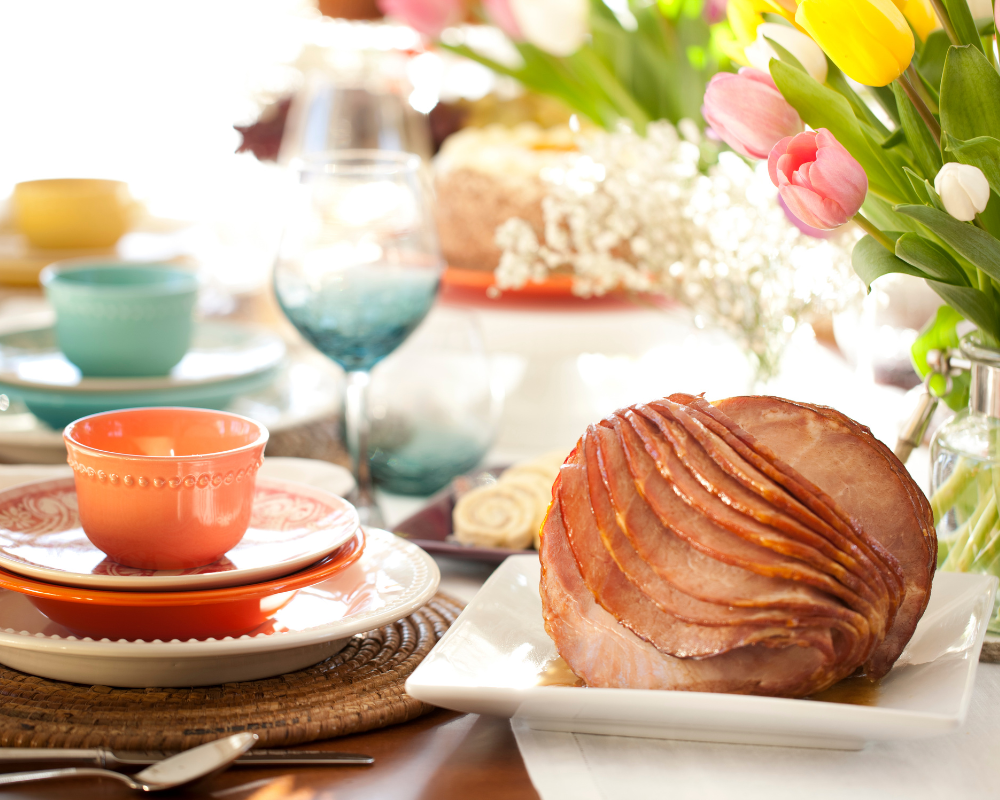Be A Master Sommelier At Home
Several weeks ago I took the Master Sommelier introductory Course and Exam. This is the first of four levels on the way to earning the title Master Sommelier. The introductory course provides a solid foundation in wines from around the world and the confidence to speak more fluently about all types of wines.
Since the Master Sommelier Diploma was introduced in 1969, only 174 people worldwide have received this prestigious title. A Master Sommelier is able to adequately determine the variety, country of origin, region, style and vintage during a blind tasting.
Once you learn how to properly smell wine, you’ll be able to identify a wine simply by its smell.
The introductory level course teaches some techniques that you may find useful at home. Here’s what Sommeliers do each time they encounter wine:
- First they look at the wine to observe brightness, color and clarity. For example, As Chardonnay ages, the color becomes more intense. With red wines it’s the opposite. As red wine ages it tends to become less vibrant starting with purple-red, ruby and garnet colors and turning into reddish-brown and brick colors.
- Next, they smell the wine to identify specific aromas that linger above the glass. The nose is an extremely important tool for measuring the degree of quality in a glass of wine. If you smell wet newspaper or burnt matches, it could be an indication that there is cork taint or high levels of sulfur.
- Hold the glass at a 45 º angle with your nose just slightly above the rim. This will help you identify initial aromas that pop out. Swirl your glass to help intensify the wine’s odor and pick up scents that are hiding in the wine. Swirling wine causes some of the alcohol in the wine to evaporate. It’s a common misconception that you have to continuously swirl the wine. You only need to swirl it once or twice.
- The palate confirms what you experience on the nose. You don’t only want to pay attention to flavors, but also textural qualities such as the wine’s tannin levels, its acidity and alcohol levels. For example, the more the sides of your tongue water, the higher the levels of acidity in the wine. Also pay attention to the heat in your chest as you taste, which also indicates more alcohol.
- The next two steps of the deductive tasting analysis are harder because they involve guessing whether the wine is Old World or New World, approximating how old it is and guessing which varietals (or blend of varietals) it consists of.
Once you learn how to properly smell wine, you’ll be able to identify a wine simply by its smell and taste. People are intimidated by the deductive tasting analysis because they think there are specific scents or flavors you have to identify. It’s important to remember that everyone’s experience with wine is different, so whatever scents you pick up feel confident about.



